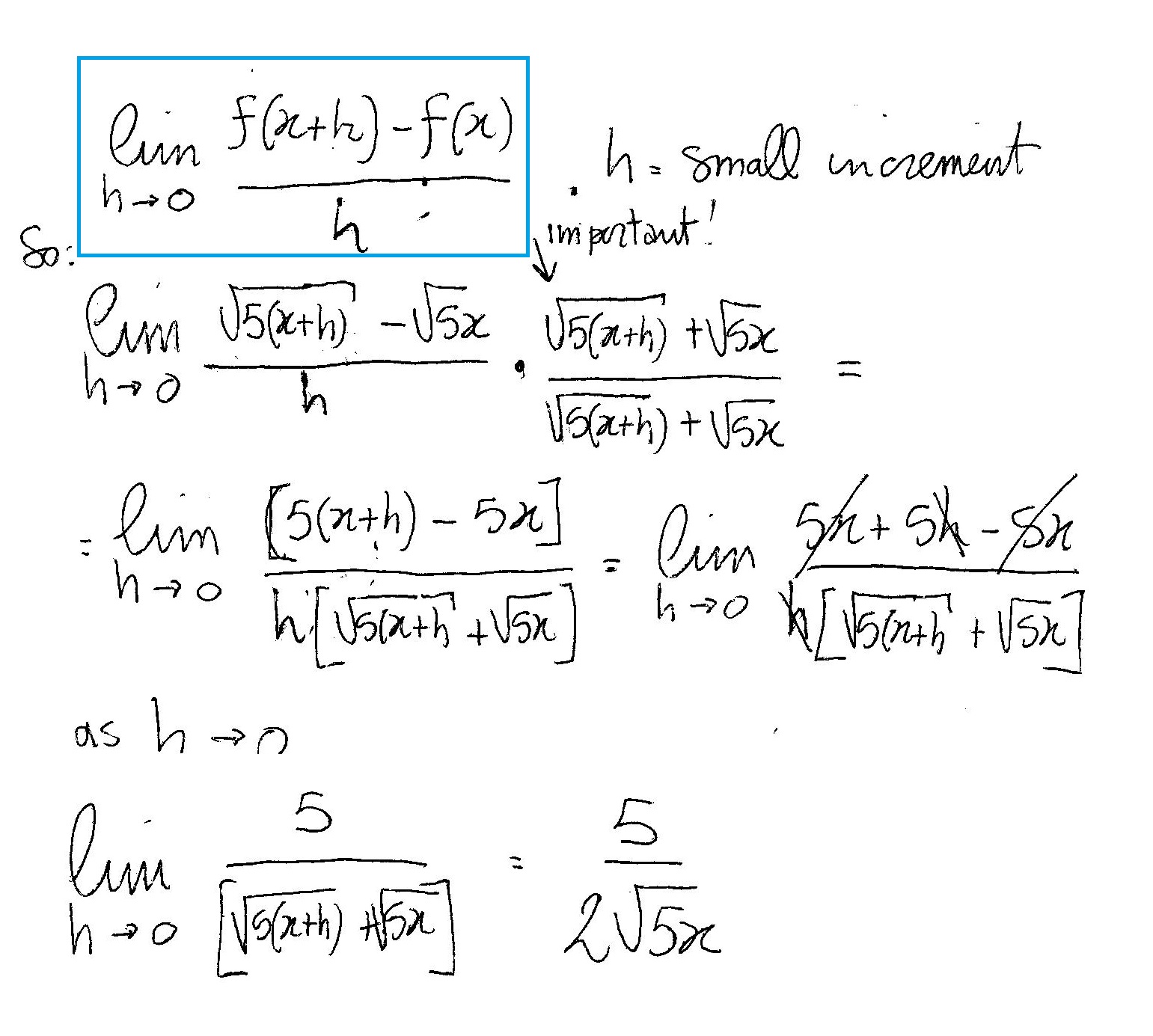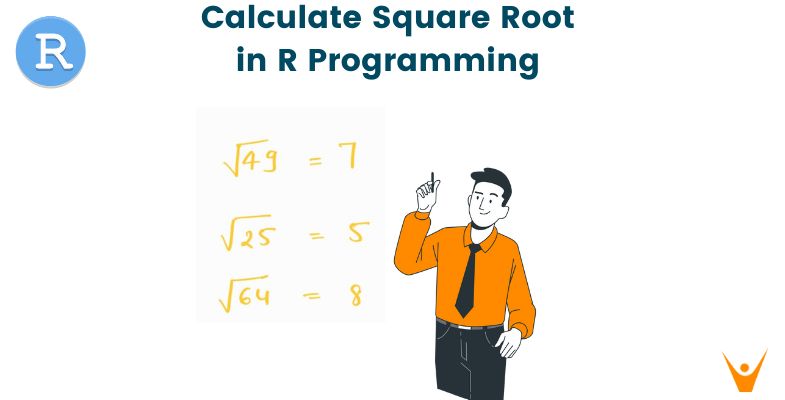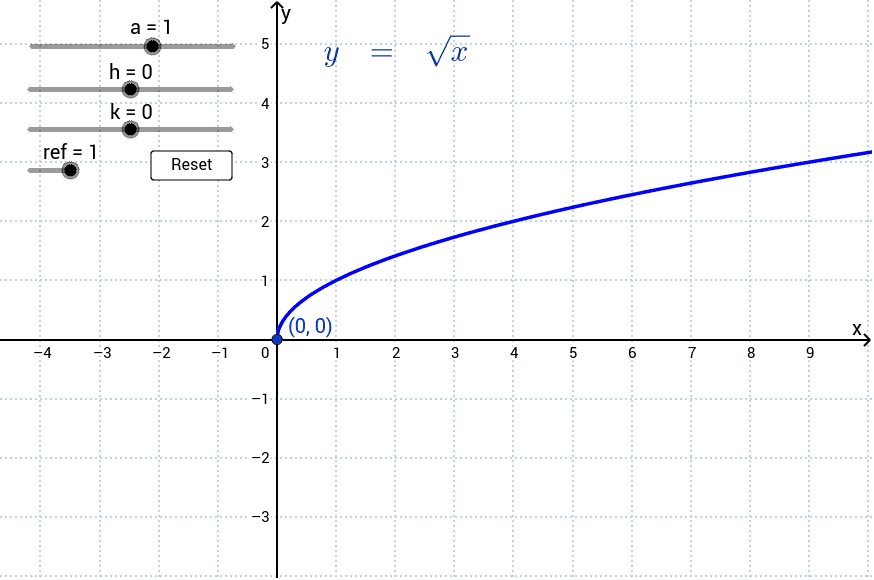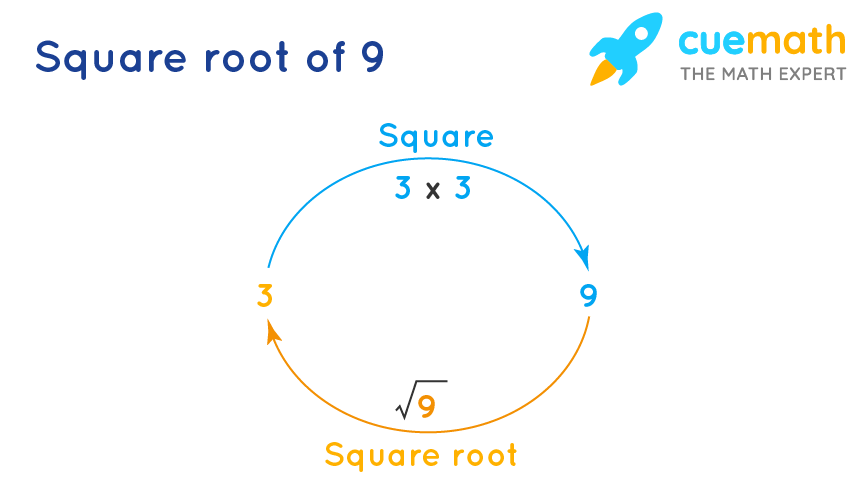Topic 3/4 square root: A comprehensive exploration of the square root of 3/4, from basic concepts to practical applications. Learn how to simplify, understand its properties, and see real-world examples to enhance your mathematical understanding.
Table of Content
- Steps to Find the Square Root of 3/4
- Introduction to Square Roots
- Understanding the Square Root of Fractions
- Step-by-Step Simplification of the Square Root of 3/4
- Exact and Decimal Forms
- Properties and Applications of Square Roots
- Related Mathematical Concepts
- Frequently Asked Questions
- Practical Examples and Exercises
- YOUTUBE:
Steps to Find the Square Root of 3/4
-
Start with the fraction:
-
Use the property of square roots that states:
-
Apply this property to our fraction:
-
Since the square root of 4 is 2:
-
The expression simplifies to:
, which is:
Examples of Similar Calculations
-
Square root of 9/16:
-
Square root of 1/4:
The result can also be represented in different forms, such as exact form and decimal form. For example, the exact form of
can be approximated in decimal form.
| Exact Form | Decimal Form |
| 0.866 |
Understanding the properties of square roots and how to simplify them is essential in algebra and can be applied in various mathematical contexts.

READ MORE:
Introduction to Square Roots
The square root of a number is a value that, when multiplied by itself, gives the original number. Specifically, the square root of a fraction, such as 3/4, represents a number that, when squared, equals 3/4. Understanding square roots involves knowing how to find both exact and approximate values, their properties in mathematical operations, and their practical applications in various fields such as geometry, physics, and engineering.
Understanding the Square Root of Fractions
The square root of a fraction, such as 3/4, involves finding a number that, when multiplied by itself, results in 3/4. To understand this concept:
- Recognize that √(a/b) = √a / √b, where a and b are non-negative numbers.
- Apply this to 3/4: √(3/4) = √3 / √4.
- Further simplify √4 to 2, so √(3/4) = √3 / 2.
- Understand that √3 is an irrational number, approximately equal to 1.732.
- Thus, √(3/4) ≈ 1.732 / 2 ≈ 0.866.
This process illustrates how to interpret and compute the square root of fractions, providing insight into both exact values and approximate calculations.
Step-by-Step Simplification of the Square Root of 3/4
To simplify √(3/4), follow these steps:
- Separate the square root: √(3/4) = √3 / √4.
- Recognize that √4 = 2, so √(3/4) = √3 / 2.
- Approximate √3 as approximately 1.732, then √(3/4) ≈ 1.732 / 2.
- Calculate the final result: √(3/4) ≈ 0.866.
This process simplifies the square root of 3/4 step-by-step, providing both the exact mathematical operations and the approximate value.
Exact and Decimal Forms
The square root of 3/4 can be expressed both in exact and decimal forms:
- Exact Form: √(3/4) = √3 / √4 = √3 / 2.
- Decimal Approximation: √(3/4) ≈ 0.866.
In exact form, √(3/4) is represented as a fraction with the square roots of 3 and 4 in the numerator and denominator respectively. When converted to a decimal, it is approximately 0.866, useful for practical calculations and applications.
Properties and Applications of Square Roots
The square root is a fundamental mathematical concept with several important properties and applications. Understanding these can help in various fields such as algebra, geometry, engineering, and physics.
Properties of Square Roots
- Non-negativity: For any real number \( x \), the square root of \( x \) is non-negative. This means \( \sqrt{x} \geq 0 \).
- Product Property: The square root of a product is the product of the square roots, i.e., \( \sqrt{a \cdot b} = \sqrt{a} \cdot \sqrt{b} \).
- Quotient Property: The square root of a quotient is the quotient of the square roots, i.e., \( \sqrt{\frac{a}{b}} = \frac{\sqrt{a}}{\sqrt{b}} \) for \( b \neq 0 \).
- Exponent Form: The square root can be expressed as a fractional exponent: \( \sqrt{x} = x^{1/2} \).
- Square Property: The square of the square root returns the original number: \( (\sqrt{x})^2 = x \).
Applications of Square Roots
Square roots are used in various practical applications across different fields:
- Geometry: Square roots are used to find the length of the sides of a right triangle (Pythagorean theorem). For example, if a triangle has sides \( a \) and \( b \), and the hypotenuse \( c \), then \( c = \sqrt{a^2 + b^2} \).
- Algebra: Solving quadratic equations often involves square roots. For instance, the quadratic formula \( x = \frac{-b \pm \sqrt{b^2 - 4ac}}{2a} \) includes a square root.
- Physics: Square roots are used in formulas involving areas and volumes, such as calculating the standard deviation in statistics or the root mean square in electrical engineering.
- Engineering: Calculations involving stresses and strains in materials often use square roots. For example, the bending stress in a beam is proportional to the square root of the material's modulus of elasticity.
- Finance: The square root is used in calculating the volatility of returns in financial markets, such as the standard deviation of a portfolio's returns.
Example: Simplifying the Square Root of 3/4
To illustrate the application of the quotient property, let's simplify the square root of \( \frac{3}{4} \):
Using the quotient property, we get:
\[
\sqrt{\frac{3}{4}} = \frac{\sqrt{3}}{\sqrt{4}} = \frac{\sqrt{3}}{2}
\]
Thus, the simplified form of \( \sqrt{\frac{3}{4}} \) is \( \frac{\sqrt{3}}{2} \).
Practical Example
Consider a right triangle where one leg is 3 units and the other leg is 4 units. To find the length of the hypotenuse, we use the Pythagorean theorem:
\[
c = \sqrt{3^2 + 4^2} = \sqrt{9 + 16} = \sqrt{25} = 5
\]
Therefore, the hypotenuse is 5 units long.
Related Mathematical Concepts
Understanding the square root of a fraction such as \( \frac{3}{4} \) involves several related mathematical concepts. These concepts help in comprehending the nature of square roots and their applications.
1. Rational and Irrational Numbers
Rational numbers are numbers that can be expressed as a fraction \( \frac{a}{b} \) where \( a \) and \( b \) are integers, and \( b \neq 0 \). The square root of a rational number is not always rational. For example:
- The square root of 4 is 2 (a rational number).
- The square root of 3 is approximately 1.732 (an irrational number).
When taking the square root of \( \frac{3}{4} \), we get \( \frac{\sqrt{3}}{2} \), which is a combination of a rational and an irrational number.
2. Simplification of Square Roots
Simplifying square roots involves expressing them in their simplest form. For example, \( \sqrt{12} \) can be simplified to \( 2\sqrt{3} \). The process involves factoring the number inside the square root into its prime factors and simplifying.
3. Radical Expressions
Radical expressions include square roots, cube roots, and other roots. These expressions can often be simplified by factoring and using properties of exponents:
\[
\sqrt{a \cdot b} = \sqrt{a} \cdot \sqrt{b}
\]
\[
\sqrt{\frac{a}{b}} = \frac{\sqrt{a}}{\sqrt{b}}
\]
These properties are crucial for simplifying expressions like \( \sqrt{\frac{3}{4}} \).
4. The Pythagorean Theorem
The Pythagorean theorem states that in a right-angled triangle, the square of the length of the hypotenuse (the side opposite the right angle) is equal to the sum of the squares of the lengths of the other two sides:
\[
a^2 + b^2 = c^2
\]
This theorem frequently involves square roots when solving for side lengths.
5. Quadratic Equations
Quadratic equations often require the use of square roots to find solutions. The quadratic formula is:
\[
x = \frac{-b \pm \sqrt{b^2 - 4ac}}{2a}
\]
This formula involves calculating the square root of the discriminant (\( b^2 - 4ac \)) to find the roots of the quadratic equation.
6. Exponents and Powers
Square roots are related to exponents and powers. For any non-negative number \( x \), the square root can be expressed as an exponent:
\[
\sqrt{x} = x^{1/2}
\]
This relationship is essential in algebra and calculus for simplifying expressions and solving equations.
7. Complex Numbers
Square roots are also extended to complex numbers. The square root of a negative number involves the imaginary unit \( i \), where \( i = \sqrt{-1} \). For example:
\[
\sqrt{-4} = 2i
\]
This extension is fundamental in fields such as engineering and physics.
8. Applications in Geometry
Square roots are used to determine distances and lengths in geometry. For example, the distance between two points \((x_1, y_1)\) and \((x_2, y_2)\) in a coordinate plane is given by:
\[
d = \sqrt{(x_2 - x_1)^2 + (y_2 - y_1)^2}
\]
This formula is derived from the Pythagorean theorem and involves square roots.
Frequently Asked Questions
Below are some frequently asked questions regarding the square root of 3/4:
- What is the square root of 3/4?
The square root of 3/4 is , which simplifies to .
- How do you simplify the square root of 3/4?
To simplify the square root of 3/4, you take the square root of the numerator and the denominator separately:
- Find the square root of 3, which is .
- Find the square root of 4, which is = 2.
- Combine these results to get .
- What is the decimal form of the square root of 3/4?
The decimal form of the square root of 3/4 is approximately 0.866. This can be found using a calculator to compute
. - Can the square root of 3/4 be expressed as a fraction?
Yes, the square root of 3/4 can be expressed as a fraction. It is
. - What are the properties of the square root of 3/4?
The properties of the square root of 3/4 include:
- It is an irrational number.
- It is positive.
- It can be represented in both exact (fractional) and approximate (decimal) forms.
- It is the length of the hypotenuse of a right-angled triangle with legs of length 1/2 and .
- How is the square root of 3/4 used in real life?
The square root of 3/4 can be used in various real-life applications, such as:
- In geometry, for calculating distances and lengths.
- In trigonometry, particularly in problems involving right-angled triangles.
- In physics, for solving problems related to proportions and ratios.
- In engineering, for various design calculations.
Practical Examples and Exercises
In this section, we will explore practical examples and exercises to understand the square root of 3/4. The square root of a fraction can be simplified by taking the square root of the numerator and the denominator separately.
Example 1: Simplifying the Square Root of 3/4
Let's start by simplifying \( \sqrt{\frac{3}{4}} \):
- Separate the numerator and the denominator:
\( \sqrt{\frac{3}{4}} = \frac{\sqrt{3}}{\sqrt{4}} \)
- Simplify the denominator:
\( \sqrt{4} = 2 \)
- Combine the results:
\( \frac{\sqrt{3}}{2} \)
Example 2: Converting to Decimal Form
To express \( \frac{\sqrt{3}}{2} \) in decimal form:
- Find the decimal value of \( \sqrt{3} \) (approximately 1.732).
- Divide by 2:
\( \frac{1.732}{2} \approx 0.866 \)
Exercises
- Simplify the square root of the following fractions:
- \( \sqrt{\frac{9}{16}} \)
- \( \sqrt{\frac{1}{4}} \)
- \( \sqrt{\frac{25}{36}} \)
- Convert the simplified forms to decimal:
- \( \sqrt{\frac{9}{16}} = \frac{3}{4} \approx 0.75 \)
- \( \sqrt{\frac{1}{4}} = \frac{1}{2} = 0.5 \)
- \( \sqrt{\frac{25}{36}} = \frac{5}{6} \approx 0.833 \)
Application
Understanding how to simplify and compute the square roots of fractions is useful in various fields such as engineering, physics, and finance. For example, in physics, the square root function is often used in formulas involving areas and velocities.
Practice these exercises and explore additional problems to become more comfortable with simplifying square roots of fractions and converting them to decimal forms.

Căn Bậc Hai và Căn Bậc Ba | Toán với Thầy J
READ MORE:
Tìm hiểu cách tính toán căn bậc hai của 4/3 và 3/4 trong đại số, đặc biệt hữu ích cho các kỳ thi cạnh tranh.
căn bậc hai (4/3) - căn bậc hai (3/4) || đại số cho các kỳ thi cạnh tranh













